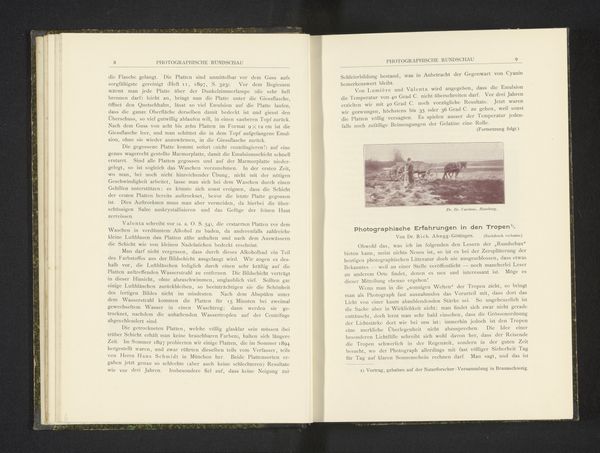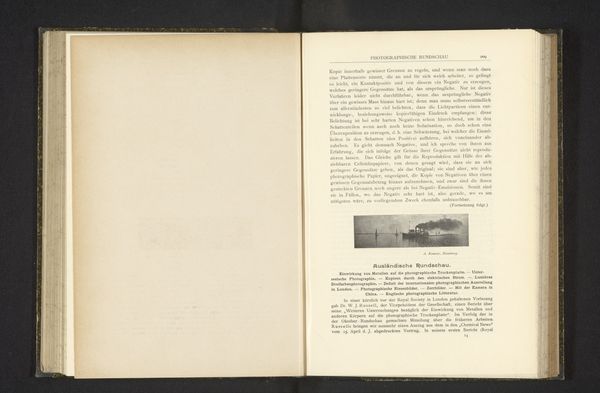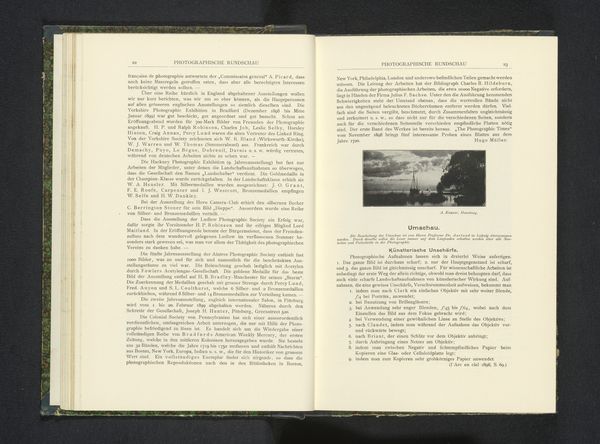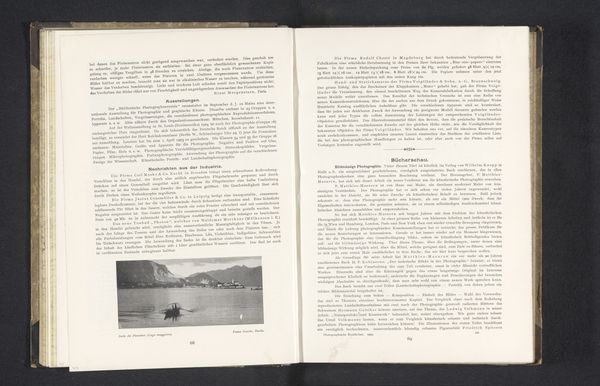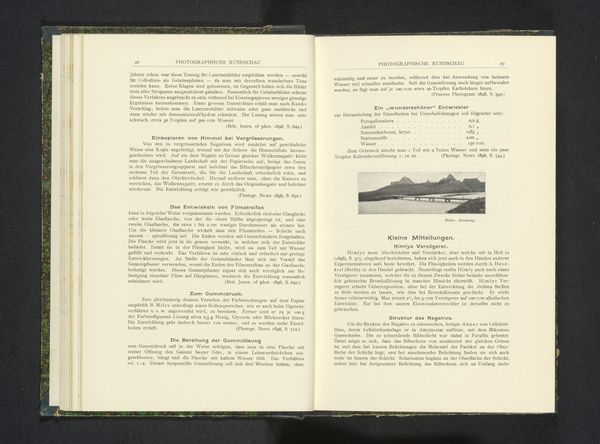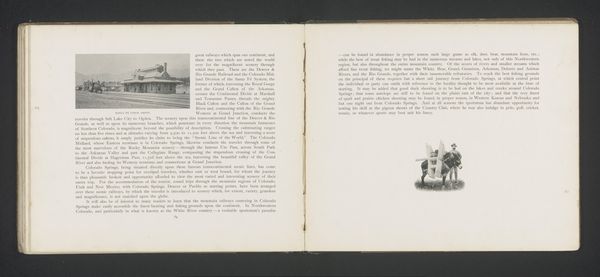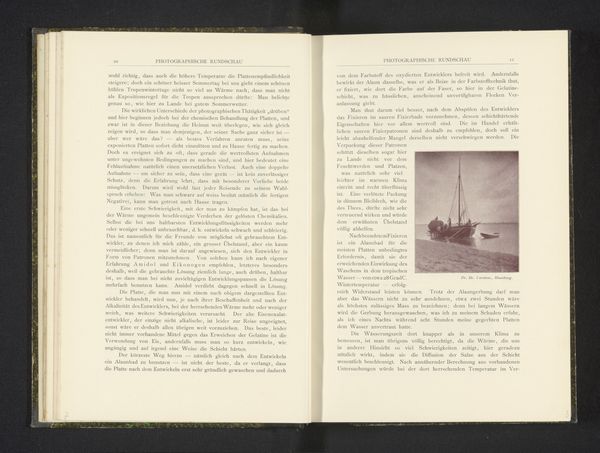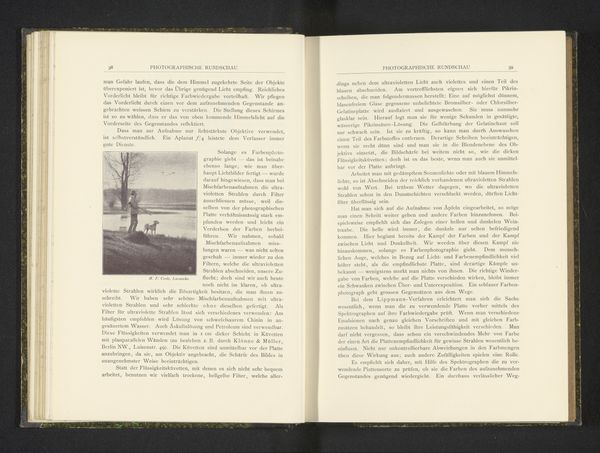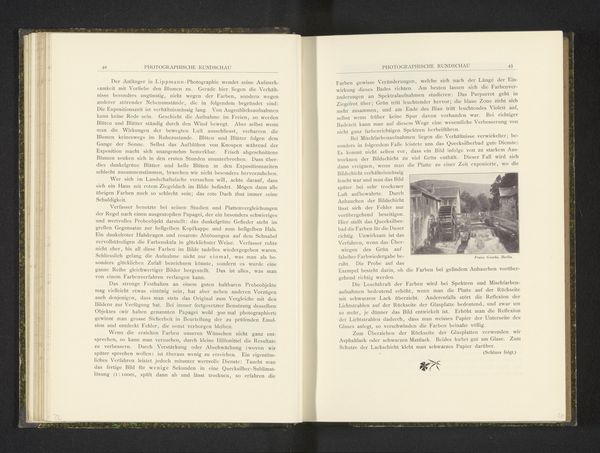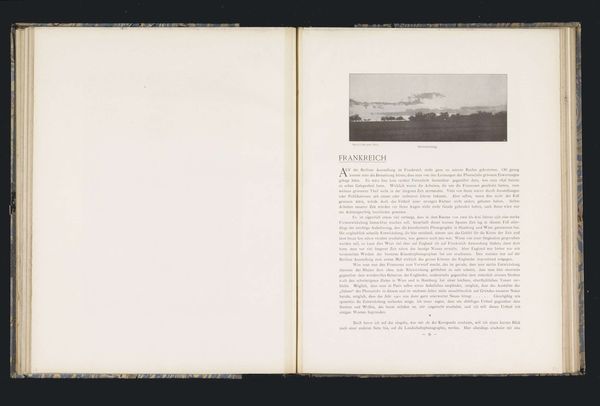
print, photography
#
still-life-photography
# print
#
river
#
photography
Dimensions: height 53 mm, width 80 mm
Copyright: Rijks Museum: Open Domain
This photograph of a frozen river was made by B. Carstens, using the gelatin silver process that was popular at the time. Think about the labor involved in creating this image. The gelatin silver process, developed in the late 19th century, demanded meticulous work. The photographer had to prepare their own light-sensitive emulsions, coat glass plates, expose them in the camera, and then develop the resulting negative in a darkroom. The image itself, a serene winter scene, belies the complex chemistry involved in its making. The varying tones, from the stark white of the frozen river to the subtle grays of the distant trees, were achieved through careful control of the development process, a craft in itself. It is a testament to the photographer’s skill, which required a deep understanding of materials and processes. It's important to consider the making and context of the image, challenging traditional distinctions between fine art and craft.
Comments
No comments
Be the first to comment and join the conversation on the ultimate creative platform.
